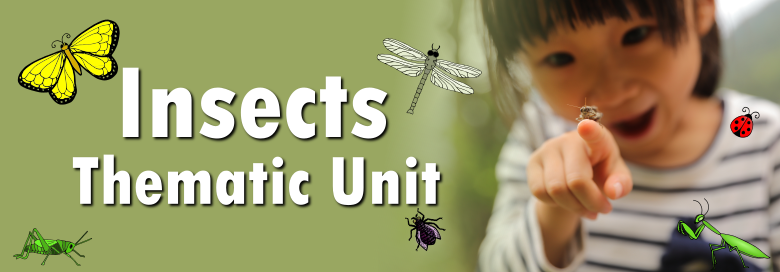
Insects Thematic Unit
Children love bugs. Bugs are fascinating. Some bugs are beautiful like butterflies, and some are very interesting like a leaf bug. And, well, some bugs are just scary. Insects is an interesting and versatile thematic unit for many age groups. Use this fun theme to teach biodiversity, life cycles, change, sorting, comparatives, adaptations, observation skills, and much more. Young children may enjoy naming, describing, and comparing. Older students may delve into ecosystems and impacts of insects on their surroundings (and vice versa).
Here are some activities to support units on insects. With LessonPix, you can adapt any material to match your learning objectives. (Learn how).
Kick it off
Introduce the theme with someting interesting or fun or funny. It can be a field trip, video, nature walk, or insect larvae to observe (caterpillars, ladybugs, etc.)
Check out these amazing videos and lessons from PBS Learning Media.
For example, if you order caterpillars (such as from insectlore), introduce the caterpillar to the class as if they are new students and set them on name tags. "Hi class - we have a new student today and his name is Bob. Bob D. Caterpillar." (Class observes and discusses. Then bring out several more caterpillars.) "Whoa! There are too many - we're going to need name tags!"
And if you bring in live insects - make a station for them to be observed.
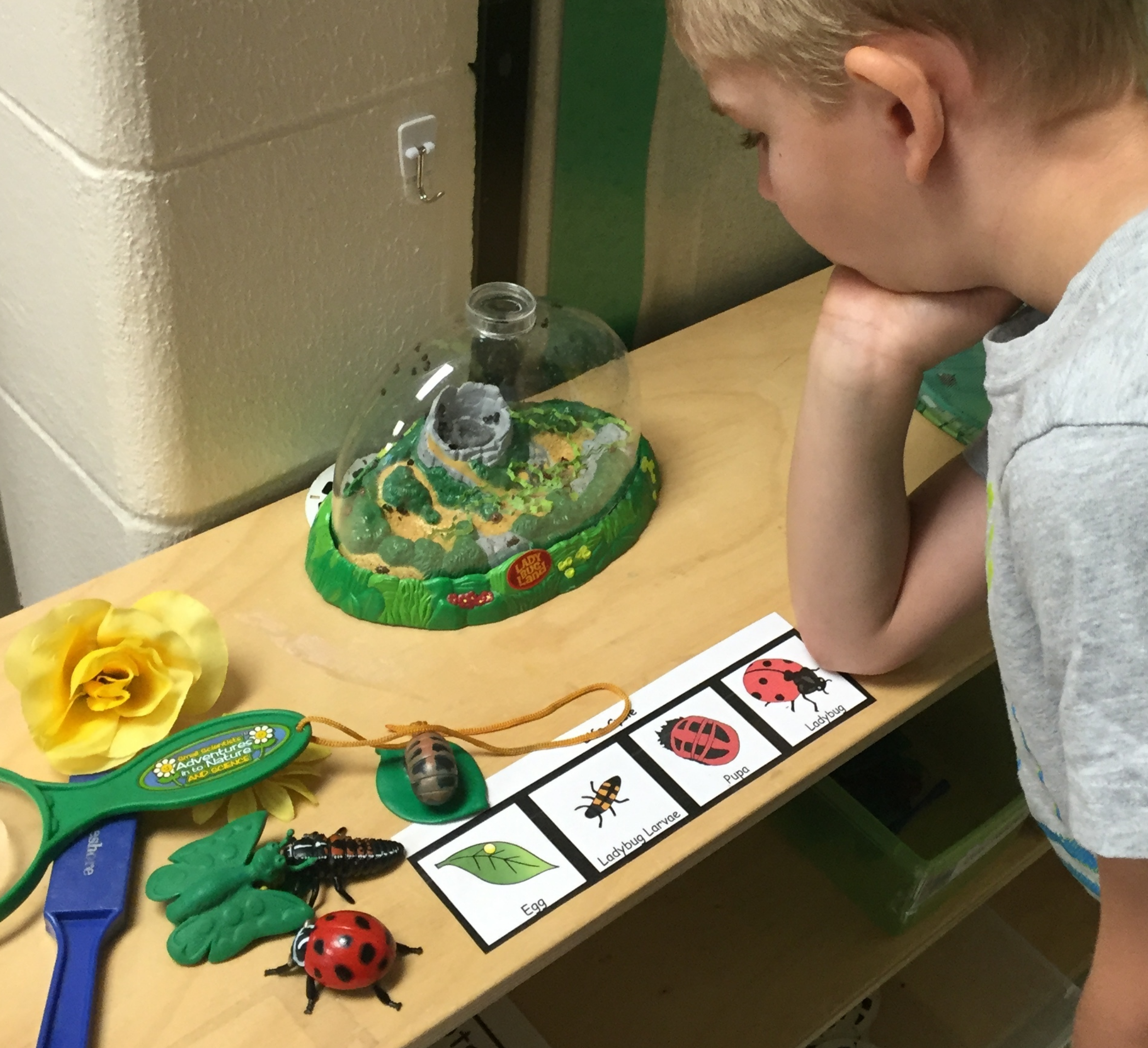
KWL
Take the time to gather prior knowledge and interests about insects. You may be surprised on how much or little students know
K-W-L is a graphic orgnaizer / chart to show information related to a topic before, during and at the end of the unit. As we begin our insect unit, ask students what they K- know about bugs. Then think and discuss about W- what they would like to know. This chart is a working chart throughout the unit and questions may be added along the way. At the end of the unit, write out some things that the students L- learned about bugs.
Identify
Define what make an animal classified as an insect. Consider related animals that look like an insect (bug buddies?) such as spiders and centipedes. Even compare other animals such as armadillo, turtle, or lobster. Sort what is and is not a bug.
Play "Old Maid" Card game. Deal all of the cards. Look at your cards and make as many matches as you can. Then players take turns drawing a card from opponent's hand and try to match up the remaining cards. Try to match all of your cards first. Person left with the Old Maid (spider) loses.
Play Bug Bingo!
Label
Label common and uncommon insects. Make a word wall or chart of insects to use in writing activities.
Play Go Fish using insect cards.
Label parts of an insect.
Mark unit vocabulary as you find them in books.
Life Cycles
Insects is a great unit in teaching concepts of change and life cycles. Students can witness a life cycle of an insect over just a few weeks. Apply concepts to other life forms such as plants, frogs, chickens, and even humans.
Sequence life cycle
Make fill in the blank life cycles.
Observation
Write or draw about observations of a life cycle of an insect.
Observe an insect. Draw a technical drawing showing specific details of the insect.
Self-Assessment
Students can raise their finger to show what they know. Like a video game, students can move through levels of learning (objectives). Raise 1 finger if you can point to bugs in a book, then 2 if you can name bugs,... The goal is to do at least to level 3.
Insect Sorting
Sort by size
Insects in Literacy
Find the insects' beginning letter.
Check out these Great bug stories: (Click for visuals about the story)
Or write your own.
Insect Writing
Write the insect's name
Draw your favorite insect.
Here are some writing activities about bugs.
Bug Math
Use insects in fun math activities.
Art
Make a creative new bug. Precut bug pieces in construction paper. Student roll die and glue on pieces of a bug on a bug body.
Fine Motor Activities
Other Insect Activities
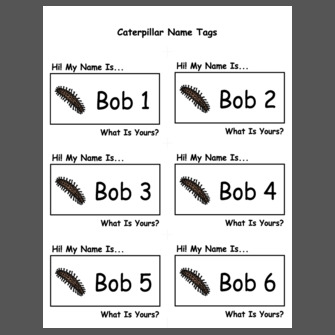
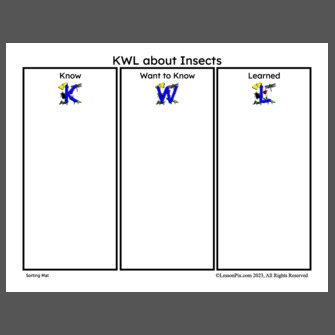
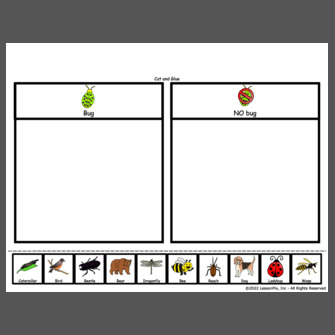
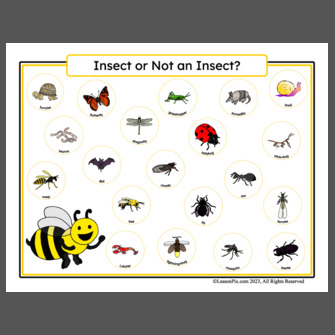
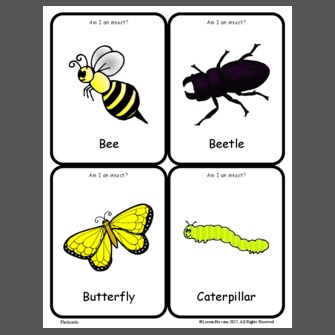
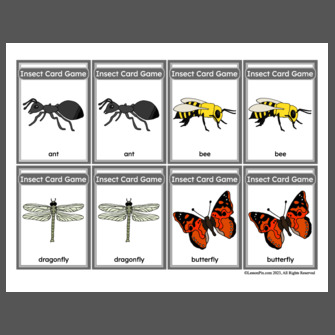
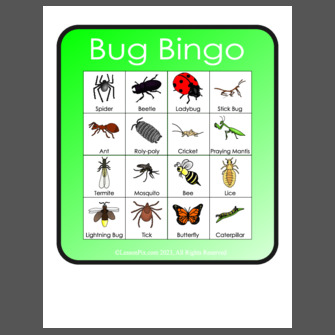

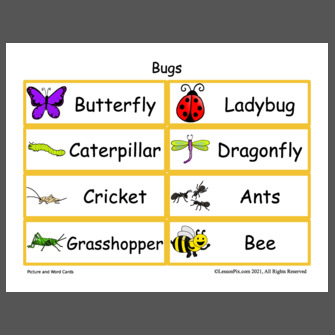
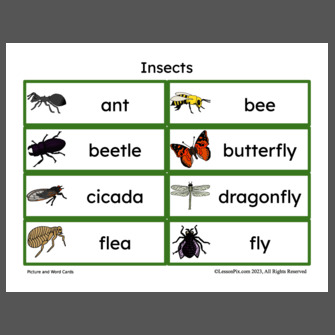
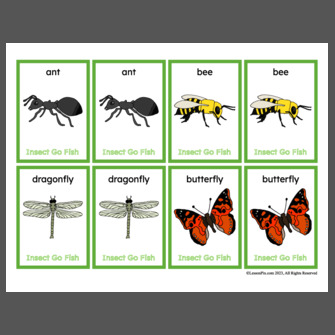
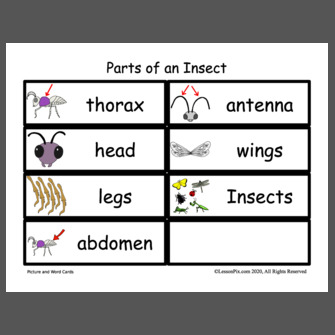


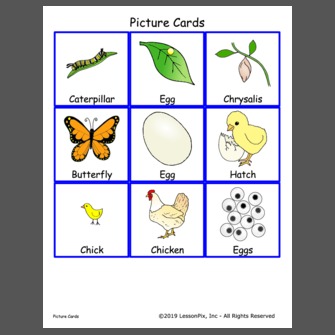
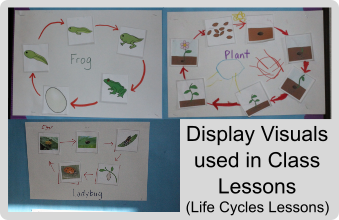
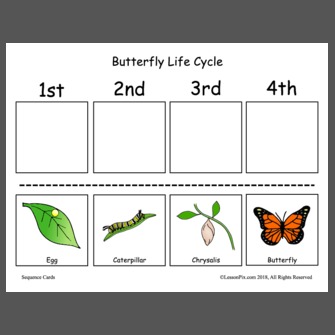


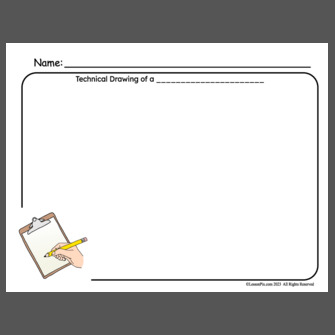
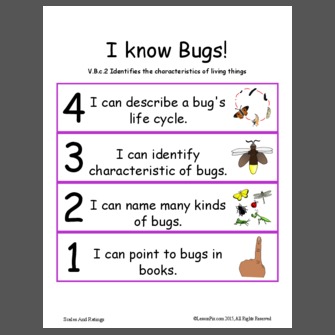
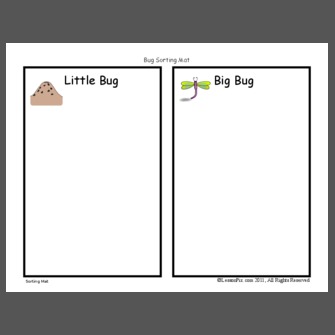
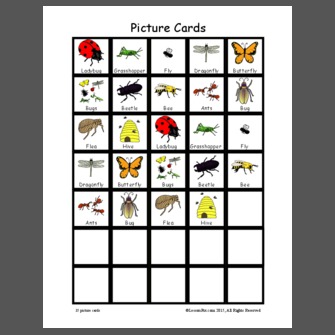
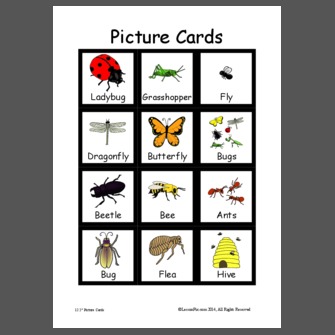
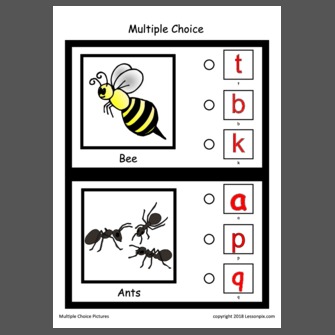
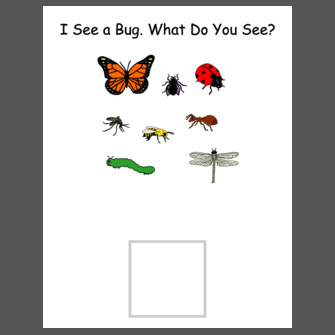
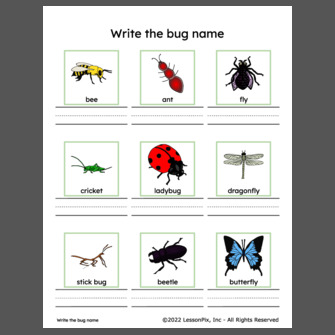
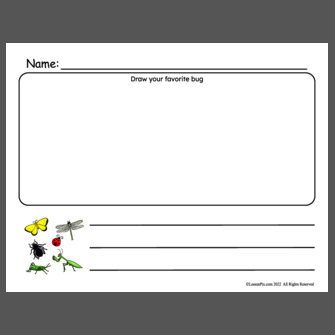
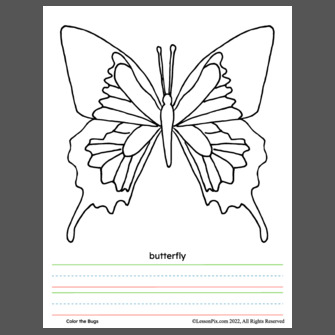
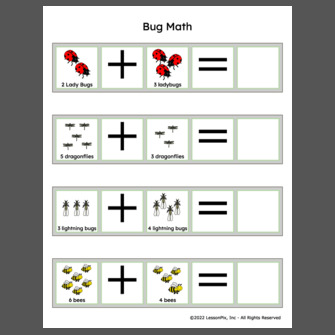
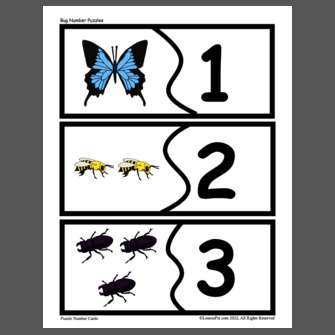
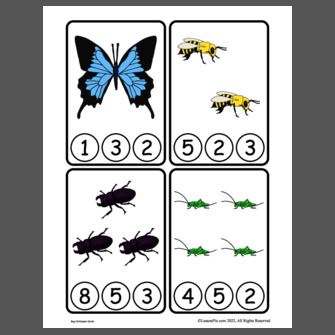
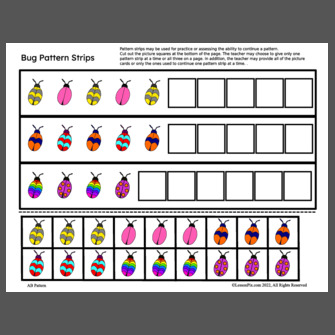
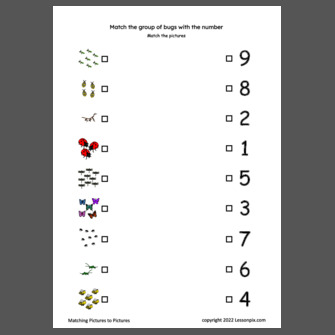
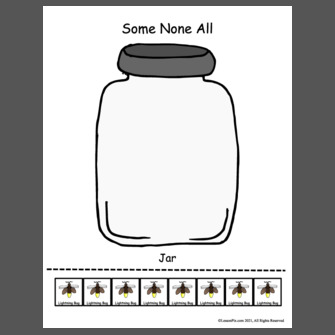
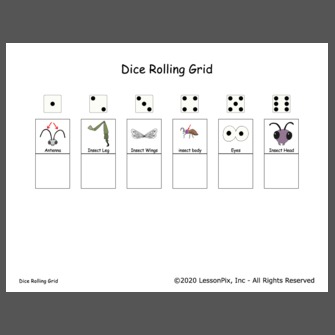
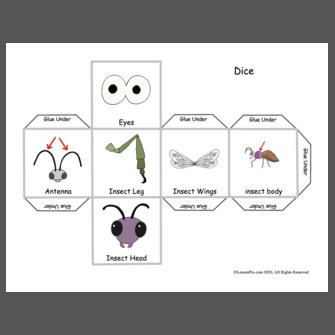
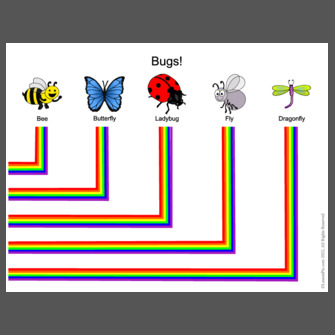
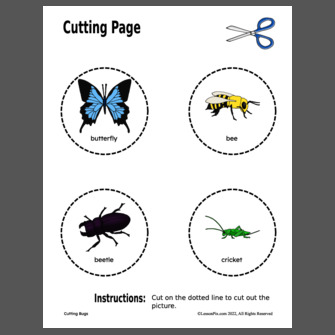
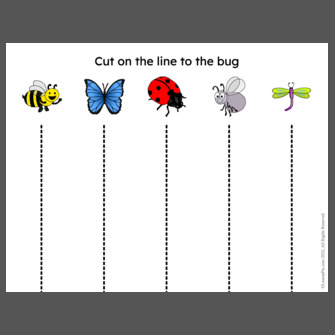
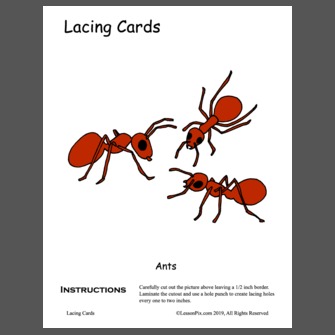
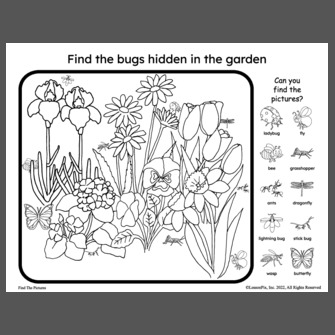

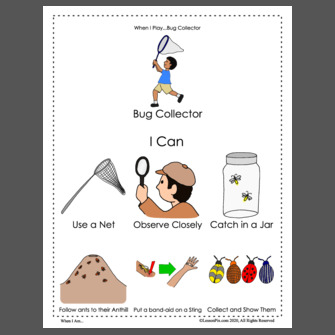
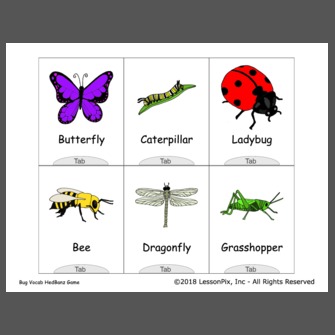
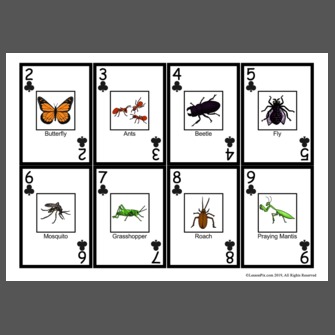
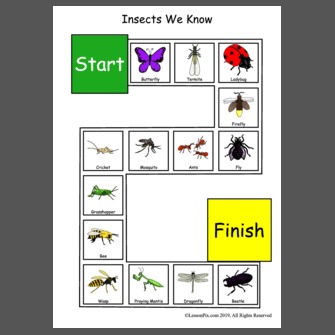
 Facebook
Facebook Twitter
Twitter Pinterest
Pinterest